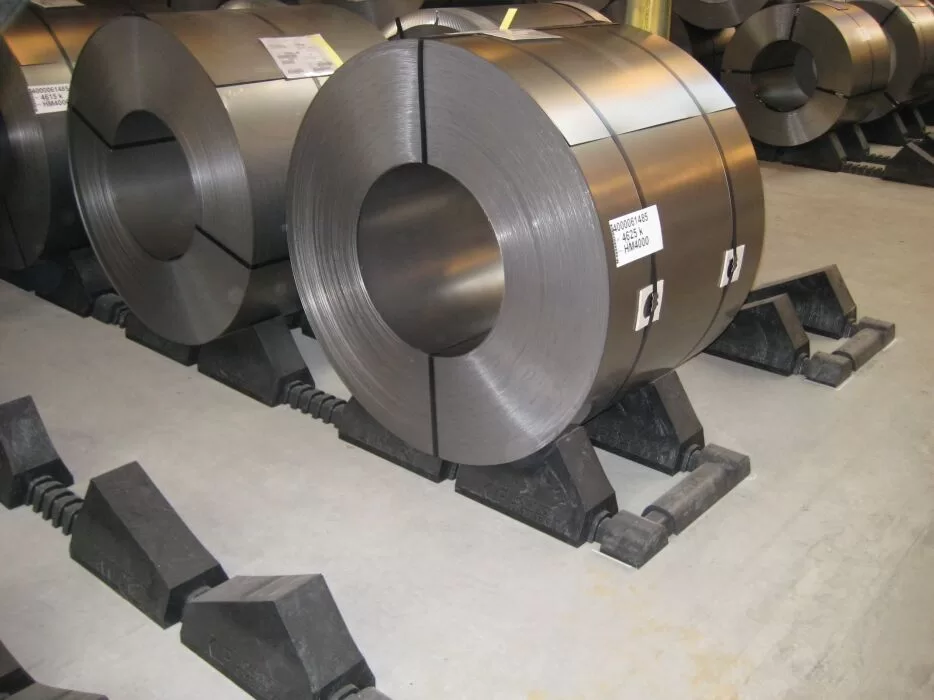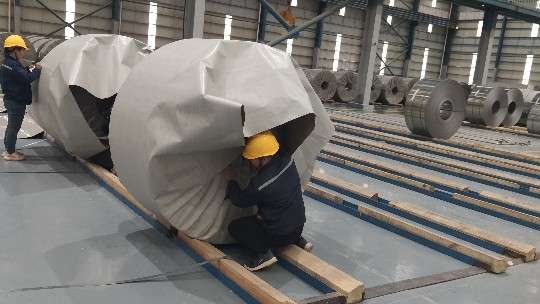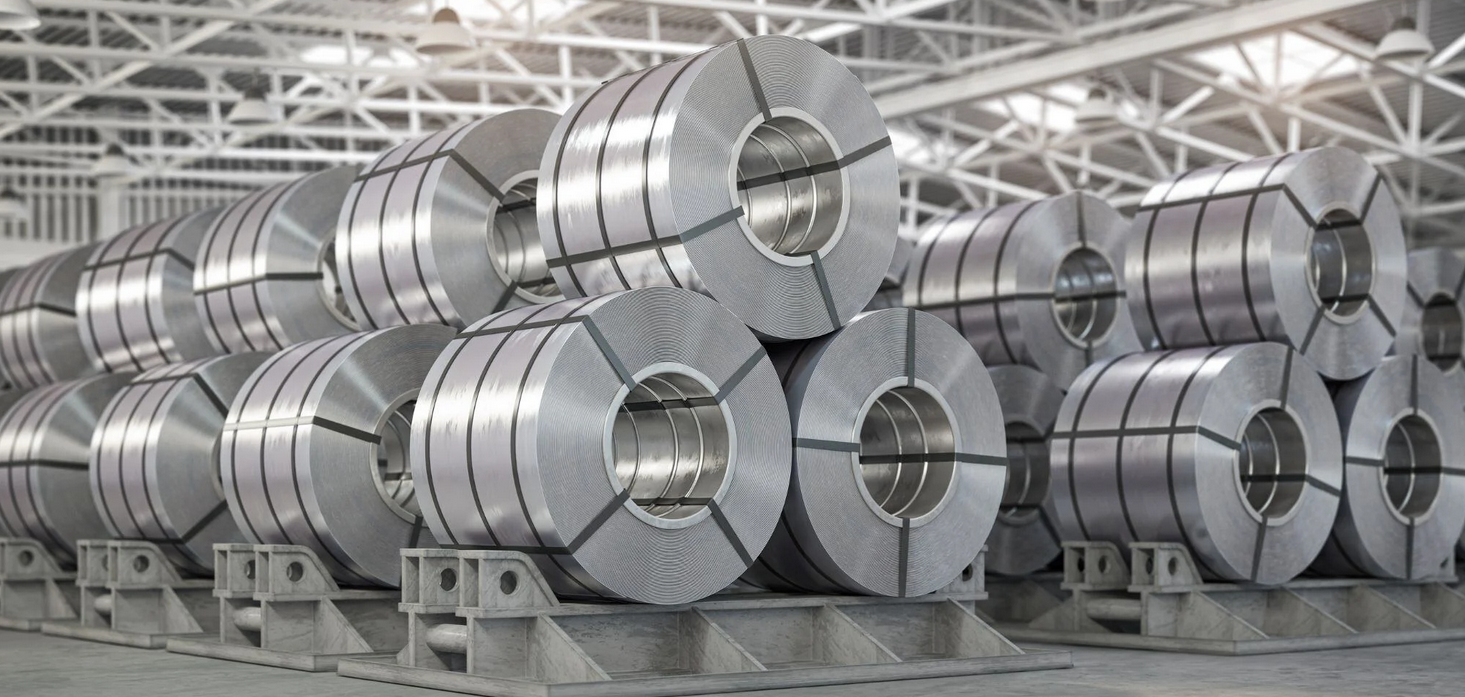Steel coils, often used in industries like automotive and construction, come with their own set of risks. Without proper handling, storage, and transportation, these seemingly simple products can cause accidents. It's crucial to understand the hazards to avoid costly mistakes and ensure a safe working environment.
Steel coils can pose significant dangers to workers and businesses alike. Improper handling, storage, and transportation increase the chances of accidents, including injuries, damage to the coils, and delays in production. Ensuring proper procedures and equipment can help mitigate these risks.
When we talk about the hazards of steel coils, it's essential to delve into their risks in detail. Let's explore how improper handling, corrosion, and storage practices can contribute to accidents and costly damage.
How Can Improper Handling of Steel Coils Lead to Workplace Accidents?
Handling steel coils isn't as simple as it might seem. Improper lifting or movement can cause severe injuries. Many accidents happen due to a lack of appropriate equipment, improper training, or poor handling techniques. When steel coils are not carefully handled, they can fall, cause pinching injuries, or even crush workers.
Improper handling of steel coils can lead to injuries like bruises, fractures, and more severe accidents. Lack of proper equipment and training often results in accidents, increasing the risks for workers and reducing efficiency in operations.

The Importance of Proper Handling Equipment
To ensure safety, workers must be trained to use the correct handling tools. Cranes, coil lifters, and pallet inverters are critical in lifting and moving heavy coils safely. These tools reduce the chances of accidents and make handling easier.
Proper equipment must always be available, especially when working with heavy steel coils. Coil lifting equipment ensures the safety of workers and the materials they handle. Implementing mechanical handling solutions also enhances efficiency and reduces human error.
| Equipment Used | Functionality | Risks Without It |
|---|---|---|
| Coil Lifters | To lift and move steel coils safely | Risk of injury due to improper lifting techniques |
| Pallet Inverters | To rotate coils safely | Injuries from mishandling and improper placement |
| Cranes | To lift coils over long distances | Accidents from unstable loads or incorrect operation |
The Role of Training and Safety Protocols
Even with the right equipment, worker safety cannot be ensured without comprehensive training. Every employee should undergo training on the proper way to lift, move, and store steel coils. In addition, implementing strict safety protocols can significantly reduce the risks of accidents. Adherence to these protocols not only ensures the safety of employees but also maintains operational efficiency.
What Are the Risks of Corrosion and Surface Damage in Steel Coils?
Steel coils are susceptible to corrosion, especially when exposed to moisture or chemicals. This corrosion can lead to significant financial losses, as it compromises the integrity and strength of the coils. Additionally, surface damage caused by improper handling can make the coils unsuitable for use.
Corrosion and surface damage are critical concerns when it comes to steel coils. Exposure to humidity, chemicals, or poor handling can lead to irreversible damage, affecting both the functionality and value of the coils.

How Corrosion Affects Steel Coils
Corrosion typically occurs when steel comes in contact with moisture or certain chemicals. Over time, this weakens the steel, making it brittle and prone to breaking. For industries relying on high-quality steel coils, such damage can be disastrous.
The damage to the surface of steel coils, which might seem superficial, can lead to higher rates of wear and tear. If untreated, this corrosion can severely compromise the coil’s strength and its application in critical manufacturing processes.
| Corrosion Factor | Consequences | Preventative Measures |
|---|---|---|
| Moisture | Leads to rusting and weakening of coils | Store coils in dry, controlled environments |
| Chemicals | Can cause chemical corrosion | Use corrosion-resistant coatings |
| Inadequate Storage | Accelerates rusting and surface damage | Regular inspections and proper sealing methods |
Preventing Corrosion and Surface Damage
Preventing corrosion starts with proper storage and handling. Steel coils should be kept in dry, well-ventilated areas. Applying a protective coating can also shield the coils from harmful chemicals. By understanding the environmental factors that lead to corrosion, businesses can take proactive steps to ensure the longevity and usability of their steel coils.
How Do Improper Storage and Transportation Affect Steel Coil Safety?
Improper storage and transportation of steel coils pose risks not only to the coils themselves but also to the safety of workers. Without the right support or protection, coils can roll, shift, or collapse, leading to accidents and damage. The wrong storage practices also increase the likelihood of corrosion and surface damage.
Storage and transportation mishaps are often the root cause of accidents involving steel coils. If not properly secured, coils can shift during movement, leading to severe injuries or even fatalities.

Key Practices for Safe Storage and Transportation
To ensure safety, steel coils must be stored securely on racks designed for heavy-duty materials. For transportation, proper coil securing methods, such as strapping or using coil cradles, must be followed. This helps prevent the coils from shifting and reduces the risk of accidents. Additionally, using vehicles equipped with stabilizing systems ensures smooth and safe transit.
| Storage Factor | Importance | Risks of Neglect |
|---|---|---|
| Proper Racking | Keeps coils stable and accessible | Risk of coils falling or shifting |
| Secure Packaging | Protects coils during transport | Increased chances of damage during movement |
| Environment | Controlled temperature and humidity | Accelerates rusting and degradation |
Benefits of Adopting Automated Solutions
One way to improve storage and transportation safety is through the use of automated systems like coil upenders and pallet inverters. These systems reduce human error and make handling safer. Automating certain tasks also enhances the efficiency of operations, reducing labor costs while increasing safety levels.
Conclusion
Steel coils pose significant risks when not handled, stored, or transported correctly. By investing in proper equipment, training, and safety protocols, businesses can mitigate these dangers and ensure both worker safety and material integrity.